Dear Barbara, Do you have any thoughts or guidance in a situation where you would be the nurse on call going to a death visit for a patient and family you’ve never met? How have you approached that in the past or would approach it now? How would you connect with them and have meaningful interaction when you have not developed rapport with them before?
A great question: First, I introduce myself and shake hands. I know that sounds strange but it gives physical contact and slows things down. I actually place my other hand on top of the joined hands. Physical contact helps bonding. Also be sure to wear your name tag. Then proceed as you would on any first visit.
We do this all the time. We enter tense situations where people are frightened and unsure, with people who have never seen us before. This is what we do: We create a bond of trust with strangers at a first visit. Being on call to a death visit is no different.
Get information from the family or caregiver in a calm manner, “Tell me what is happening.” Then, assess what you have been told and proceed. Be gentle, calm and efficient, and explain yourself as you proceed with your assessment.
After determining death I talk with the family. I tell them that I am going to tidy the room (If a bath is necessary to clean the body, I give the family the opportunity to help me if they would like. No is okay, too.). I straighten the bed, position the body naturally, dim the lights and suggest each person go in alone and say goodbye. If someone is afraid, I offer to go in with them and then am as invisible as possible while offering strength and guidance.
When that is finished, but before I notify the funeral home, I always check to see if there are other people who would like to be there that need to be called. We can wait for them to arrive before the funeral home is called. Once the funeral home is called they will want to take the body ---but they don’t have to be notified until everyone has said goodbye.
This home time with the body is special time. This will be the last opportunity to say goodbye in a natural setting. While waiting for the funeral home to arrive I explain to the family what is going to happen. I suggest the family wait in another room and I will go into the room with the funeral home people while they lift the body from the bed to a gurney. I explain that the body will then be covered and wheeled out to the car.
While the body is being put on the gurney I make the bed with clean sheets and pillowcases {even if it is a hospital bed) and put a memento on the pillow. This can be a flower, picture, stuffed animal, rosary, prayer book, something that I find in the room that is personal. Some hospices have a special memento just for this purpose.
Leave a small light on. There is nothing worse than returning to the room a loved one died in and finding a messy, empty bed in the dark as your first memory after they are gone.
Before I leave I sit with the family and talk. I’ll ask them to tell me about their loved one who just died and if there are other people who need to be notified. Finally, I’ll say to them, “Are there any questions that you want to ask before I leave? Is there anything you want to say?” You want to make sure everyone understands what has happened and what is to follow.
By doing the above you have created a special room and memory. You have helped build a sacred memory from what could have been a lasting nightmare.
Something More about...
My book, The Final Act of Living: Reflections of a Long Time Hospice Nurse, is full of stories about my experiences as a hospice nurse. It offers knowledge and clarity to ease the fear and misinformation about dying and death. It explores the topics of living with a life threatening illness, fear of death, understanding the signs of approaching death from disease, the dying process, stages of death, the normal grieving process, living wills and other end of life issues.
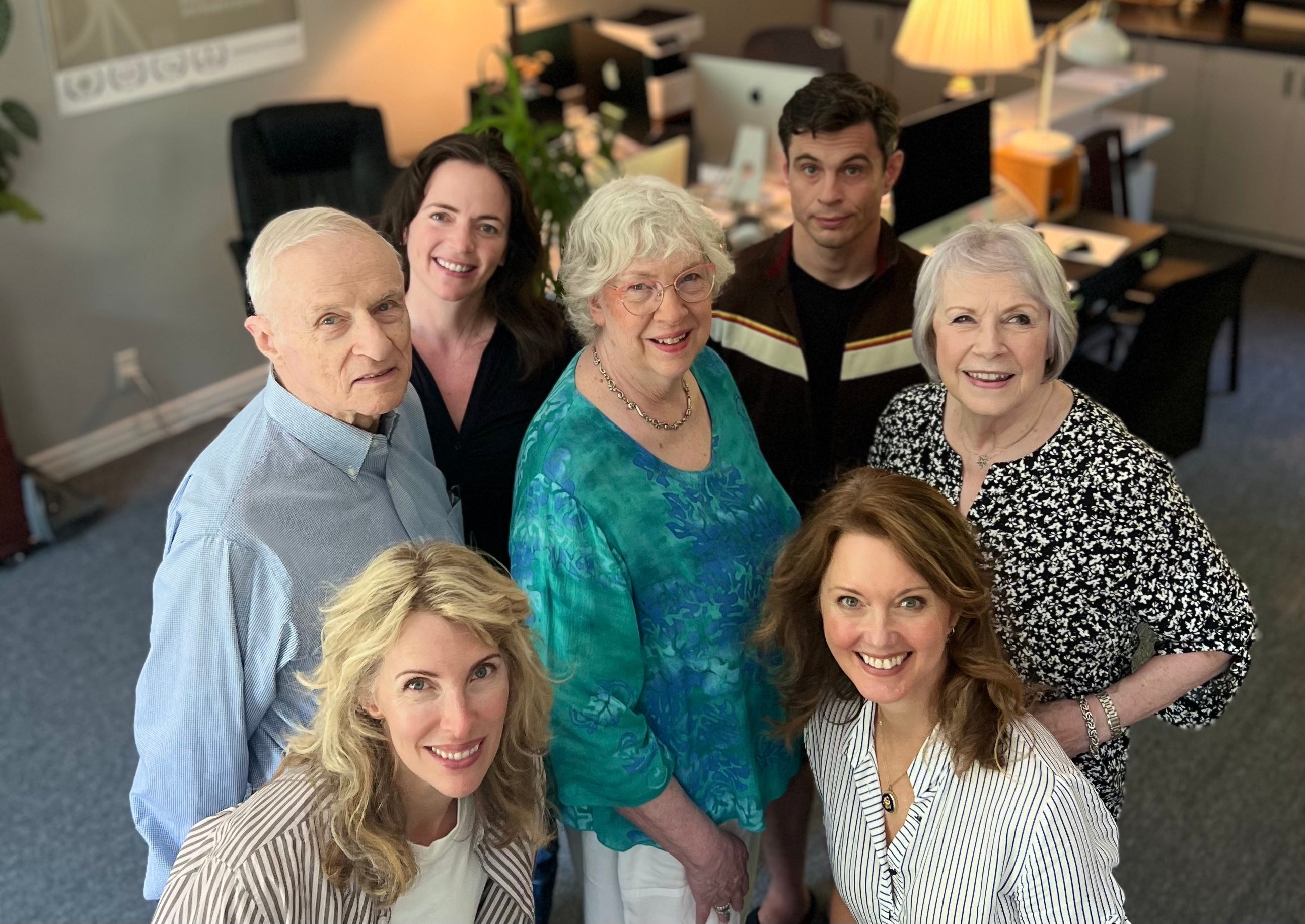

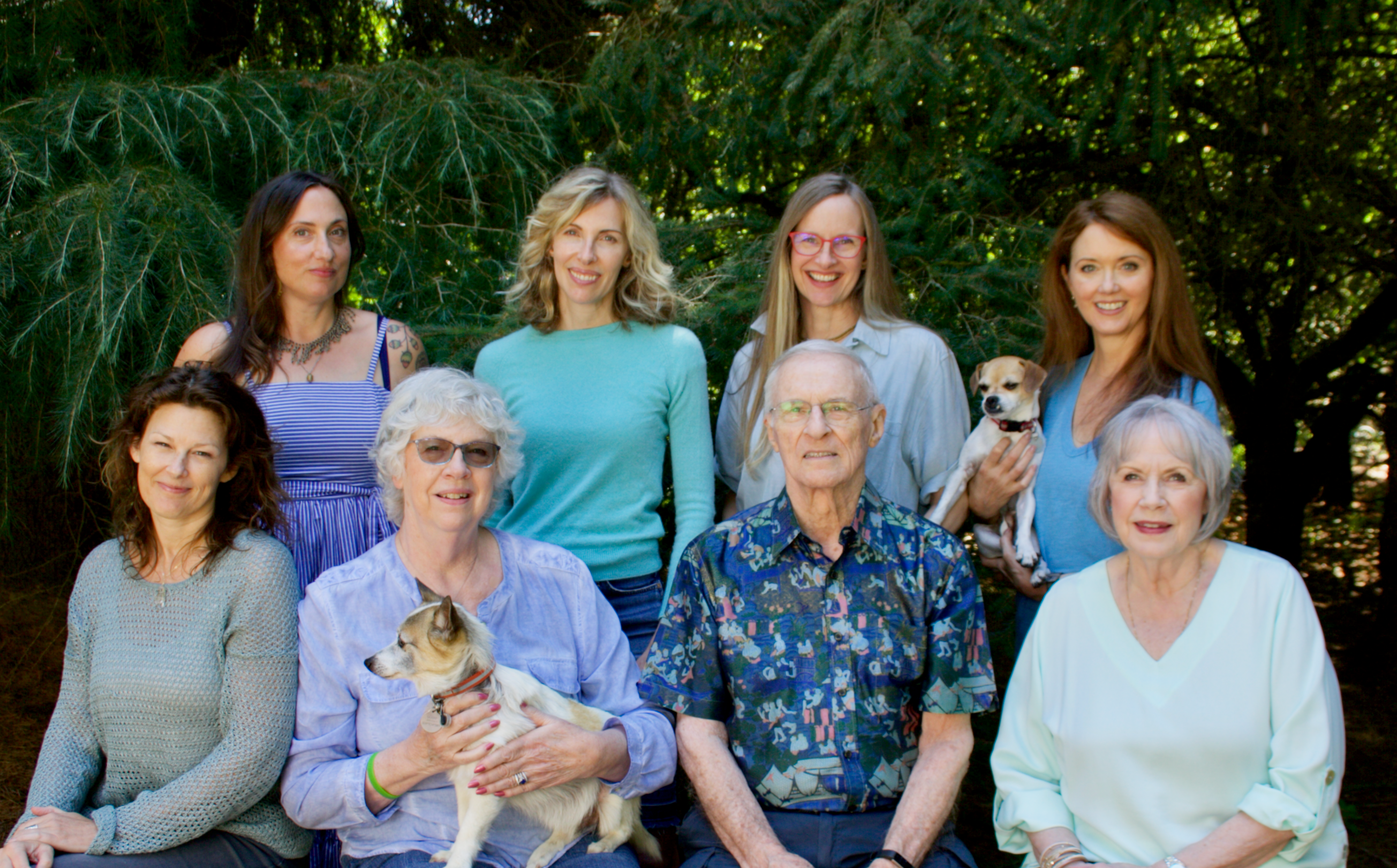


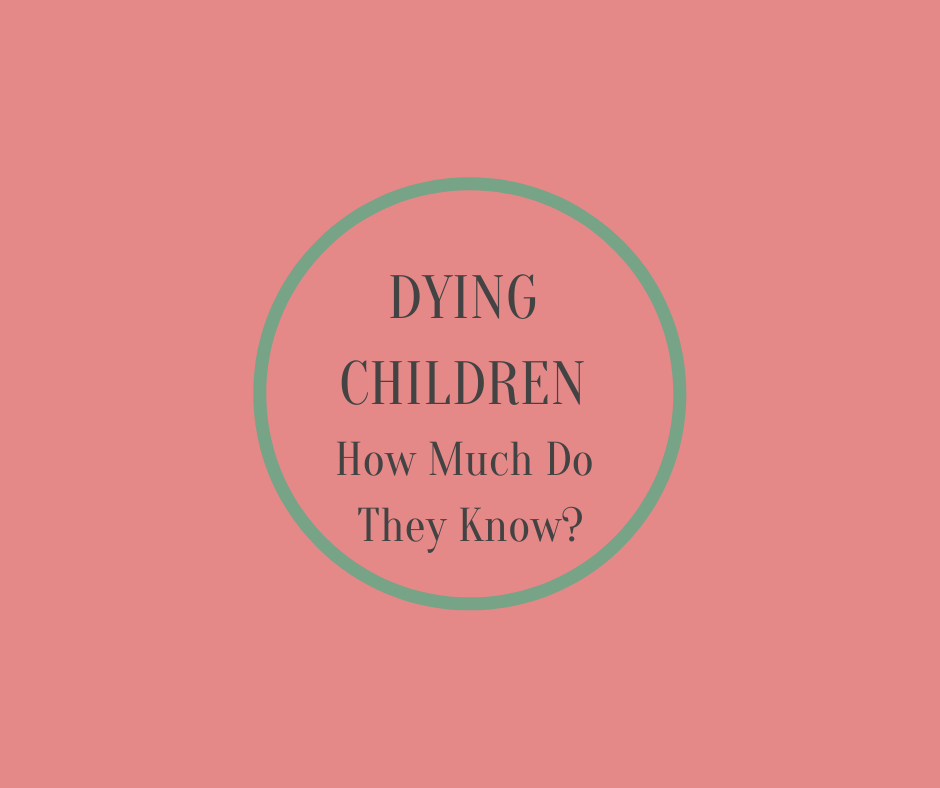
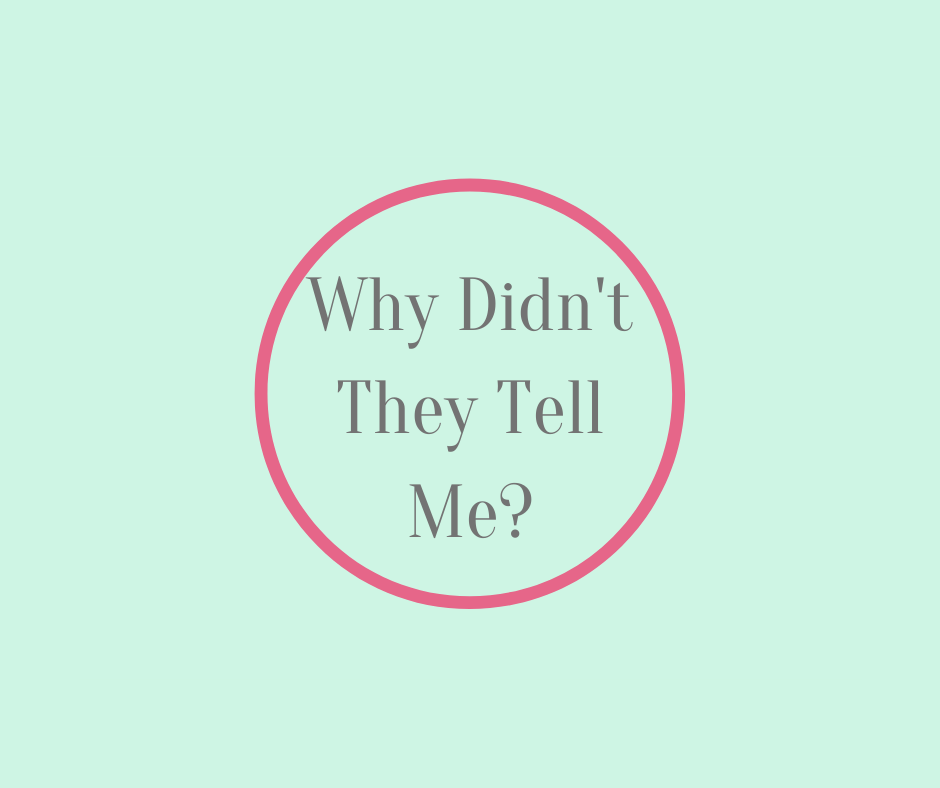
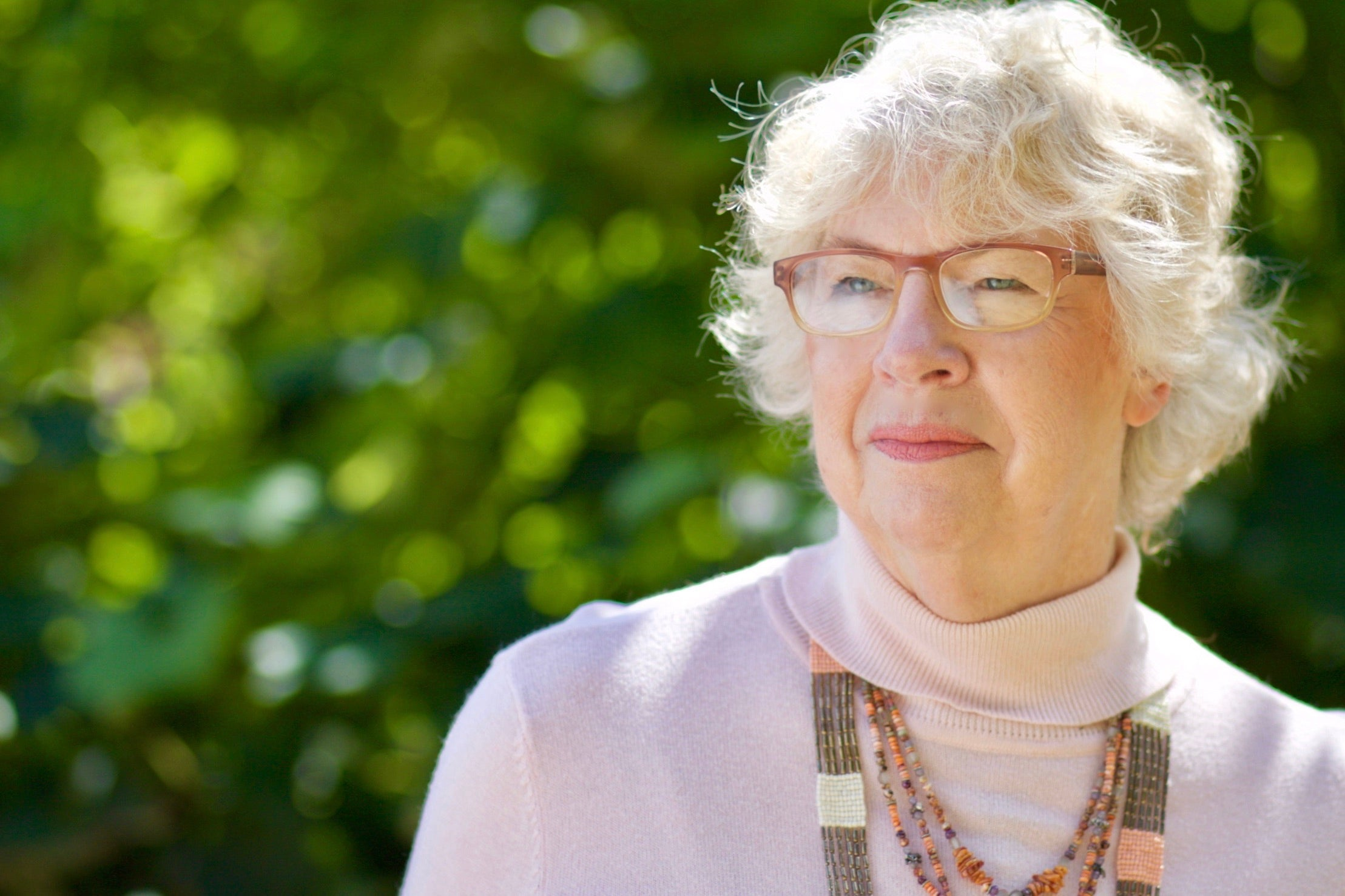
8 comments
Krista Manuel
Thank you so much for your words and guidance Barbara. I have been following you for years and always feel grounded and fuller after reading some of your works. As a hospice volunteer, end of life doula and now funeral director this passage is especially connecting for me. I would love to see my colleagues begin their home visits this way. We are all connected and being present at and after a death gives such opportunity for bonding and lasting memories.
Thank you so much for your words and guidance Barbara. I have been following you for years and always feel grounded and fuller after reading some of your works. As a hospice volunteer, end of life doula and now funeral director this passage is especially connecting for me. I would love to see my colleagues begin their home visits this way. We are all connected and being present at and after a death gives such opportunity for bonding and lasting memories.
Kathy Cummings
Barbara, thank you so much for sharing this. I was a hospice nurse for 8 years and provided your book, Gone From My Sight so many times. I want to order you book. We have so many hospice experiences to share. I was recently laid off as an LNC and will be training to become an end of life doula next month. I plan to return to this work. I often say “we teach them to die, they teach us to live.” Thank you for your guidance and for all you do. I am looking forward to reading more of your work. I did/do a lot of the things you described but learned a lot too! Kathy
Barbara, thank you so much for sharing this. I was a hospice nurse for 8 years and provided your book, Gone From My Sight so many times. I want to order you book. We have so many hospice experiences to share. I was recently laid off as an LNC and will be training to become an end of life doula next month. I plan to return to this work. I often say “we teach them to die, they teach us to live.” Thank you for your guidance and for all you do. I am looking forward to reading more of your work. I did/do a lot of the things you described but learned a lot too! Kathy
Debbie Johnson
Barbara,Thank you so much for your words of wisdom.You know my mama passed away almost 8 years ago, Today as I was reading your post that I realized our hospice (Dierkson) has done these things for us.Mama was only sick for 6 months and we were blessed with everyone doing things we didn’t even realize needed to be done.Forever grateful Rita (my mom).
and all 6 of her daughters.Debbie
Barbara,Thank you so much for your words of wisdom.You know my mama passed away almost 8 years ago, Today as I was reading your post that I realized our hospice (Dierkson) has done these things for us.Mama was only sick for 6 months and we were blessed with everyone doing things we didn’t even realize needed to be done.Forever grateful Rita (my mom).
and all 6 of her daughters.Debbie
Joni
Oh, Barbara, even the most important tasks seem doable with your guidance. Thank you for sharing your wisdom and guidance.
Oh, Barbara, even the most important tasks seem doable with your guidance. Thank you for sharing your wisdom and guidance.
Barbara
Hi Claudia, Thank you for sharing the beautiful experience you had following your mother’s death. I know it was hard to do but so lovingly done. The nursing facility didn’t know their lack was actually an opportunity that you turned into a gift, one you will treasure forever. Blessings! Barbara
Hi Claudia, Thank you for sharing the beautiful experience you had following your mother’s death. I know it was hard to do but so lovingly done. The nursing facility didn’t know their lack was actually an opportunity that you turned into a gift, one you will treasure forever. Blessings! Barbara
Carl
I believe that this approach with the family actually buffers, takes some of the sharp edges off of their pain in this sudden shock of their loved one’s death…
It’s like we actually absorb some of their anguish… It’s comforting and caring with compassion… Which is, after all, what we do!
I believe that this approach with the family actually buffers, takes some of the sharp edges off of their pain in this sudden shock of their loved one’s death…
It’s like we actually absorb some of their anguish… It’s comforting and caring with compassion… Which is, after all, what we do!
Patricia Belknap
I enjoyed reading about your book, Hospice Death Call. I have some of your books from when you gave a lecture in Fargo, ND a few years ago. I loved listening to you then and wish you would come back again and speak to us again.
Much love to you.
Patricia Belknap
I enjoyed reading about your book, Hospice Death Call. I have some of your books from when you gave a lecture in Fargo, ND a few years ago. I loved listening to you then and wish you would come back again and speak to us again.
Much love to you.
Patricia Belknap
Claudia Herrera
Thank you Barbara for this. I am not a nurse but when my mum died in July 2018 while she was being cared for at nursing facility – with the plan to get her back home as soon as she could regain strength. We were basically kicked out and pressured to call funeral home. Our mother had just passed away and I had to scramble to get my mother cleaned up as the paramedics had just left from trying to resuscitate her [even though she had a DNR – my sister let them do this against mum’s wishes] When I arrived i said to paramedics – STOP! She has a DNR. She was already gone so why do this to her?
Anyway – we were rushed and I had brothers and sisters wanting to come say goodbye – luckily some were able to make it as I made funeral home wait. I ended up drawing curtains and got to work – i knew we had siblings coming and a few cousins came as well. I asked for clean towels and hot water. I gave mom a loving sponge bath – i cleaned her hair and brushed it. I put lotion on her hands and feet. And made sure the sheets were clean and her blankie was lovingly draped over her. Unfortunately her mouth was open and I could not close it – so we placed a surgical mask over her mouth – i had no idea what to do and nursing facility was not there for support – my heart was broken that all they wanted was her OUT! I am crying as I write this. I only had a mere few minutes on my own with mom – I kissed her feet and thnaks her being a perfect mom. Once we were ready to release her body to funeral home – we left the room and my family said I should not be there when they transfer her body into a bag. So I was not. I have comfort in knowing I was able to at least do that last thing for my mom. She was so beautiful and so lovely and in a funny way vain. Which is what we all loved about her – she had the purest heart and her smile would light up your heart. I miss her dearly. Thank you for this.
Thank you Barbara for this. I am not a nurse but when my mum died in July 2018 while she was being cared for at nursing facility – with the plan to get her back home as soon as she could regain strength. We were basically kicked out and pressured to call funeral home. Our mother had just passed away and I had to scramble to get my mother cleaned up as the paramedics had just left from trying to resuscitate her [even though she had a DNR – my sister let them do this against mum’s wishes] When I arrived i said to paramedics – STOP! She has a DNR. She was already gone so why do this to her?
Anyway – we were rushed and I had brothers and sisters wanting to come say goodbye – luckily some were able to make it as I made funeral home wait. I ended up drawing curtains and got to work – i knew we had siblings coming and a few cousins came as well. I asked for clean towels and hot water. I gave mom a loving sponge bath – i cleaned her hair and brushed it. I put lotion on her hands and feet. And made sure the sheets were clean and her blankie was lovingly draped over her. Unfortunately her mouth was open and I could not close it – so we placed a surgical mask over her mouth – i had no idea what to do and nursing facility was not there for support – my heart was broken that all they wanted was her OUT! I am crying as I write this. I only had a mere few minutes on my own with mom – I kissed her feet and thnaks her being a perfect mom. Once we were ready to release her body to funeral home – we left the room and my family said I should not be there when they transfer her body into a bag. So I was not. I have comfort in knowing I was able to at least do that last thing for my mom. She was so beautiful and so lovely and in a funny way vain. Which is what we all loved about her – she had the purest heart and her smile would light up your heart. I miss her dearly. Thank you for this.